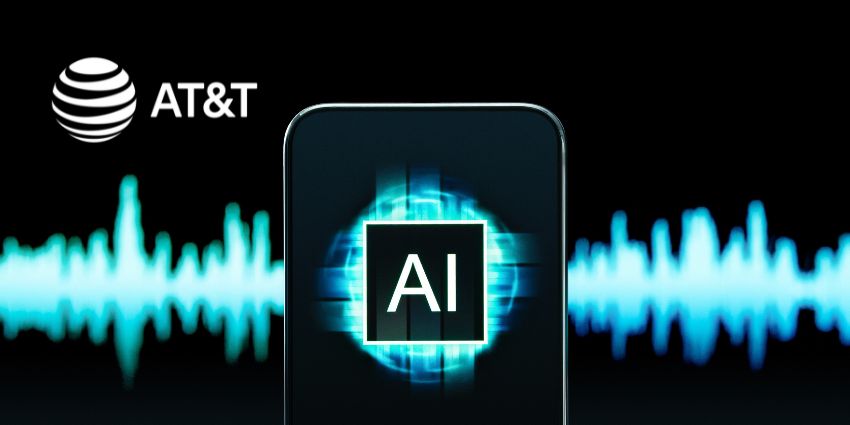The unfortunate COVID-19 pandemic caught the world off guard. Strict lockdown measures put in place earlier this year forced schools around the country to close almost overnight. In fact, as of 28 March, more than 1.6 billion children were out of school across 161 countries, that’s close to 80% of the world’s enrolled students. With no plan in place, students and staff had to make do with whatever solutions made sense.

Schools are now starting to make the long-awaited return to the physical classroom but, while we may be returning to some form of normality, educational institutions are under pressure to establish excellent standards for hybrid learning – with educators teaching students in both the classroom and at home. This need to support online learning alongside classroom-based teaching will remain now and into the future so schools need to deliver a consistent learning experience across a hybrid learning environment.
Many teachers and students have been getting by using integrated cameras and speakers found on their computers and laptops, but poor audio and video quality is distracting and can have a negative impact on a student’s ability to learn. The good news is there are tools available to address this.
“One of the main differences between having pupils at home rather than in class is the background noise and other distractions they face,” said Claire Dutton, the Head of Sales for UK and Ireland at Poly. “As a first step, we’d recommend a noise cancelling headset to ensure everyone has clear communication for hybrid learning. Then, consider cameras. Teachers want students to be always engaged but it’s hard to remain in eye contact so a camera that can provide a better experience helps.”
In a physical classroom environment, a teacher will stand and adjust their voice to ensure students can see and hear them clearly. They will move around, use visual aids and make frequent eye contact with each student to ensure they are paying attention. Students will similarly raise their hands, ask questions, and quickly learn to speak clearly so the rest of the class can hear and share in the learning.
“Educating people from a technical perspective is very important but the standards and etiquette of home working is new to education professionals and students so this is important to address as well,” added Dutton. “Making them aware of functions such as blurring their background or going on mute to ensure safeguarding is also important.”
Create the best learning experiences
HD video conferencing solutions are key to overcoming these challenges and have a pivotal role to play in enhancing the experience for both educators and students.
Video conferencing must be more than a software application through a laptop, however. Participants need to be able to enjoy live streaming without interruption, with high definition images that bring the room to life for remote students and cameras that capture not only the speaker, but the context of the teaching environment.
Providing students with the right headsets can be the ideal solution for those trying to learn in a potentially noisy environment. Noise-cancelling headsets for example will allow students to focus on listening and learning without being distracted from their surroundings. Audio quality of video conferencing devices in the classroom is also key, ensuring microphones pick up the speaker – whether that’s the teacher or a student asking a question – rather than the murmur of the classroom.
“In the UK, people are looking for individual devices to help them work from home and products such as our Studio USB which combines speakers and a camera is a great product for non-technical users”
“Our Eagle Eye Mini HD camera is also great for creating a focused environment alongside noise cancelling headsets,” said Dutton.
While learning at times of uncertainty and complexity can be challenging, through the right collaboration tools – like high quality audio and video conferencing solutions – educational institutions can ensure that these new hybrid experiences are engaging and informative for all participants, no matter where they are located – now and in the longer term.







